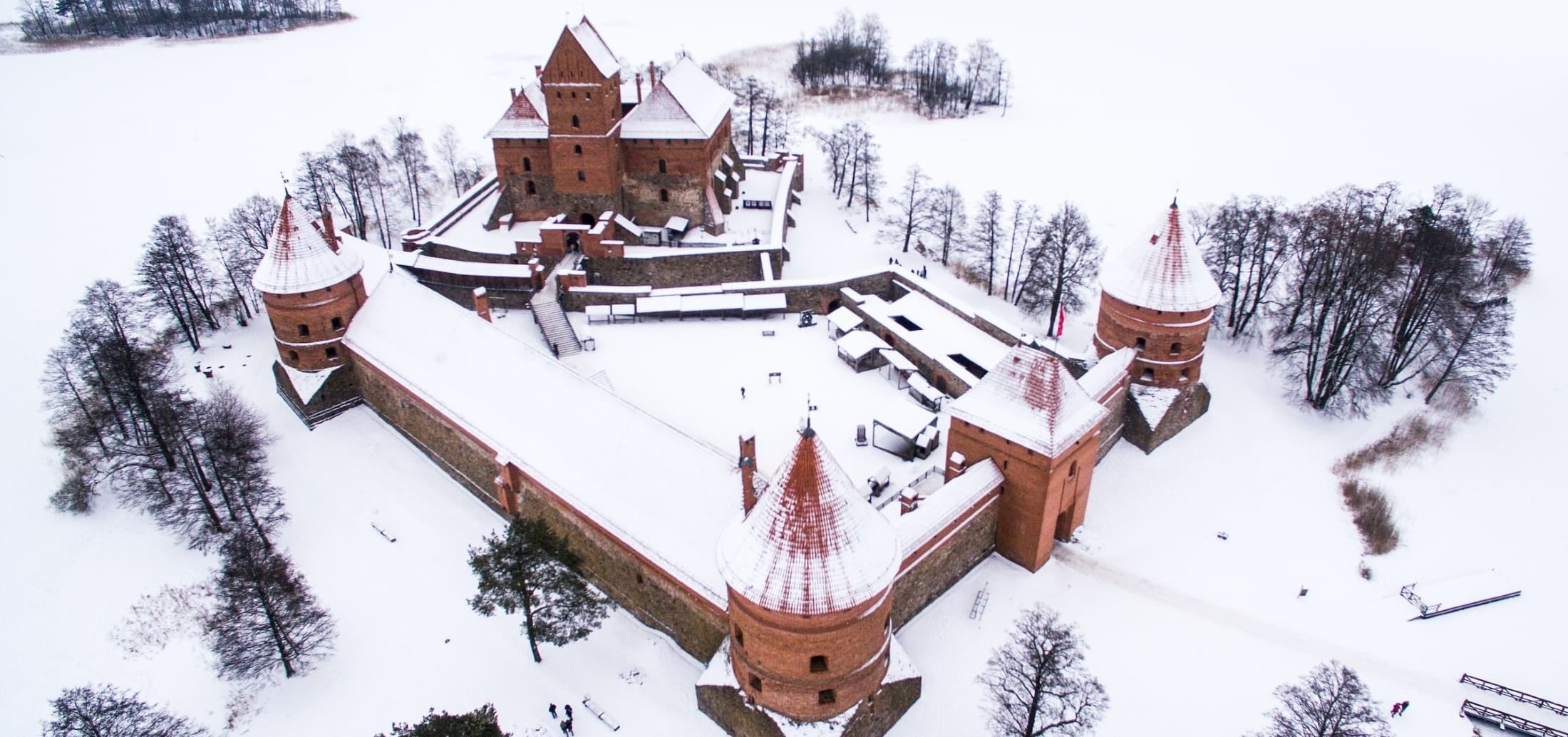
A cultural guide to Lithuania
Lithuania, located in the heart of Europe, is a vibrant country rich in beautiful landscapes, unique art, ancient traditions, and idyllic beaches.
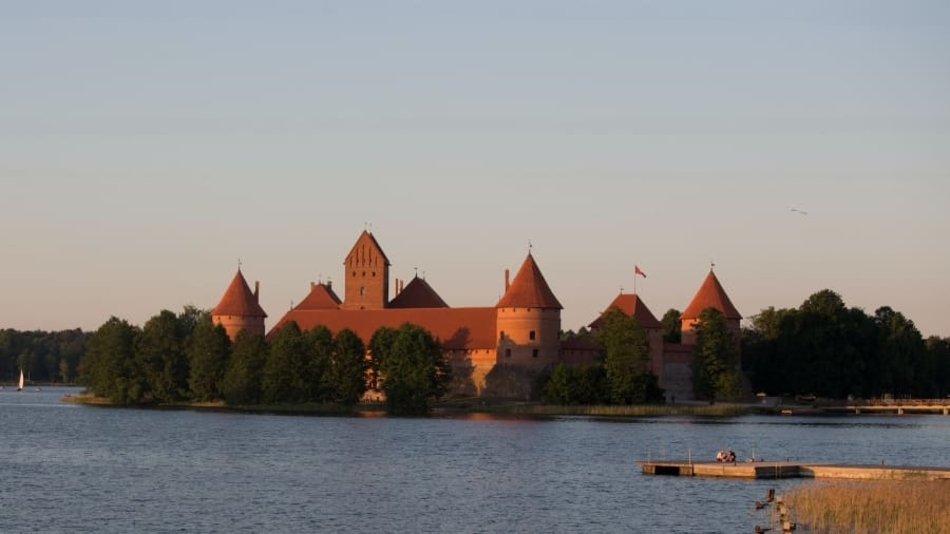
Where to go in Lithuania?
It's mainly known for its capital, Vilnius. But beyond this dynamic city on the bank of the Neris river, other relatively unknown gems will take you back in time. From its golden beaches on the Baltic sea coast to the fusion of pagan and Christian traditions and its small picturesque towns, here we delve into what makes Lithuania such a unique destination.
1. From the Hill of Witches to the Hill of Crosses
Lithuania is home to two distinctive hills in different parts of the country: the Hill of Witches and the Hill of Crosses. Both hills carry great significance for the country, its past, and its present.
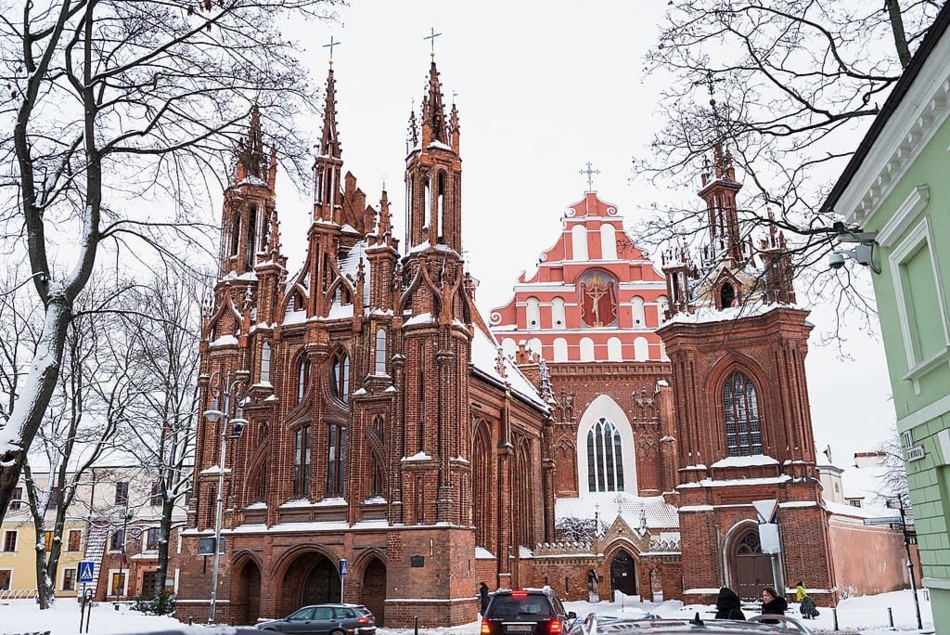
Lithuania was one of the last countries in Europe to convert to Christianity. Before the great transition, most of the population was pagan. Even though Lithuanians take great pride in their history and traditions and embrace their past most creatively, the country is primarily Christian. However, there is an intense fusion of the pagan past and the Christian present, and the Hill of Witches reflects this unity.

The Hill of Witches gives visitors a glimpse of Lithuanian folklore and traditions. The hill is a park in Juodkrantė, around 20 km from the centre of Klaipeda, and brings together wooden sculptures made by various artists. When visitors enter, they are greeted by folk figures, different animals, dragons, and fish. Then there are folk themes, representing several demons and gruesome folk creatures. It takes around half an hour to experience the park and discover the stories of the creatures that have been central to Lithuanian folklore for centuries. At the end of the hill, there's a shop where you might want to purchase a symbolic souvenir. That will be the only thing to remind you that you've returned to the real world. The Hill of Witches is an experience like no other, where you can travel through time, fairy tales, and folk legends.
Another fascinating place in Lithuania is the Hill of Crosses. Located near the city of Šiauliai, it represents the largest site of the Catholic Pilgrimage in the country. Everyone can visit the Hill of Crosses and leave the Christian symbolism behind.

The Hill of Crosses holds an important place in the country's history, especially when Lithuania was part of the Soviet Union from 1944 to 1990. Before then, the site was a place of prayer for the deceased in the First World War. After the Soviet Occupation, the Hill of Crosses symbolised the independent Lithuanian spirit and inspired peaceful resistance towards the system. During the time of the Soviet Union, the officials destroyed the Hill of Crosses about three times. However, the site re-emerged each time because of the spirit of the people all over the country, who continued bringing different Christian symbols to the hill. Today, the Hill still hosts pilgrims from different parts of the world and welcomes them to the unique experience of freedom, bravery, and faith.
The coexistence of these Hills shows how alive the diverse cultural history of Lithuanian traditions is today. These two destinations are around 200 km apart — a two-hour journey between the centuries and stories that will continue to inspire future generations.

2. The ancient town of Nida
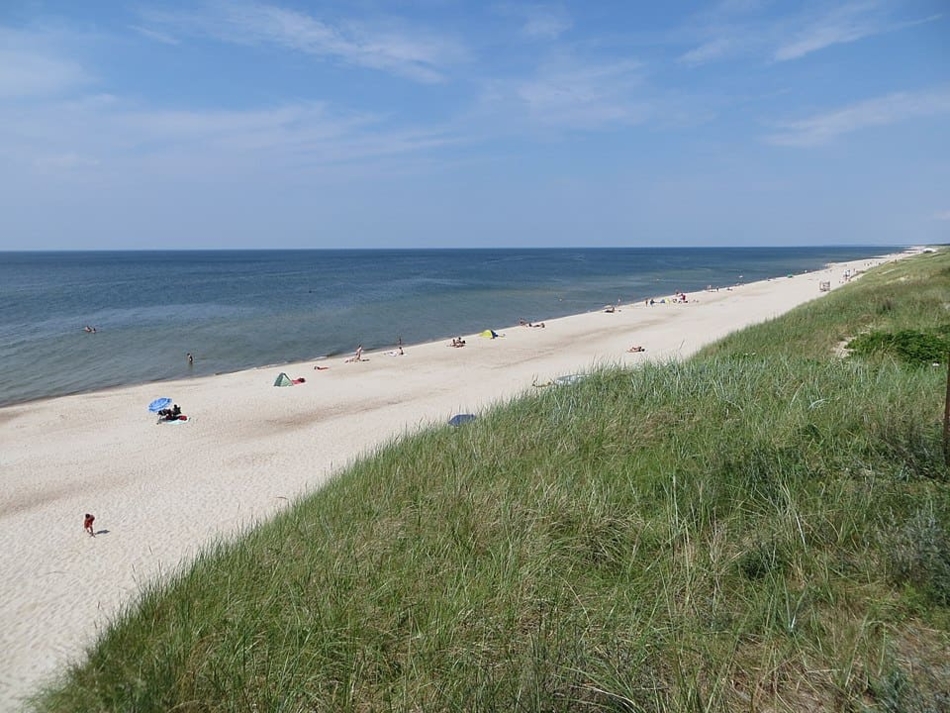
Not far from Klaipeda, there is a small town called Nida. Located on the Curonian Spit, famous for its golden dunes, the first records of Nida start in the 14th century. This small town has enchanted and inspired famous writers, thinkers, and philosophers, from Thomas Mann and Sigmund Freud to Jean-Paul Sartre. During his 1965 visit to Nida, Jean-Paul Satre was charmed by the famous golden Dunes of Nida. "I feel as if I am standing on the porch of paradise," the great philosopher stated.
Meanwhile, writer Thomas Mann decided to build his permanent residence in Nida after his first visit with his wife, Katia. Today, the city keeps the memory of great people who fell in love with it many years ago. Now the acclaimed writer’s former house is a museum, which proudly stands close to a sculpture of Sartre, eternally gazing towards the dunes of Nida.
From its vibrant, colourful architecture to its sublime UNESCO-listed dunes, Nida, the heart of Lithuanian-German culture, is truly magnetic and bound to take your breath away. Nida is a place that will stay close to your heart and that you will always want to return to.
3. Klaipeda and Midsummer Festival
Formerly known as “Memel,” Klaipeda is home to one of the country's most alluring landscapes and baltic coast beaches and is the third-largest city in Lithuania. Although the country has a long, cold winter season, Klaipeda is a leading destination once the summer begins. The golden beaches of the Baltic Coast are equally attractive for those looking to relax and those in search of adrenaline.
But summer is not only for water sports and sand therapy. It is also when Klaipeda celebrates the Summer Solstice, also known as the Midsummer festival.
Midsummer (St. John’s day) is a cultural celebration that stems from Lithuania's pagan history. It's celebrated on June 23-24, the year's longest day, and used to be called Kupolės. The event was named after the activity of collecting herbs. On that day, young girls would make flower charms and try to predict when they would get married. Locals would kindle the firewood in the evening and jump over the bonfire. The ritual was centred around the country's agricultural traditions, and the activities were carried out with a great passion for ensuring a good harvest.
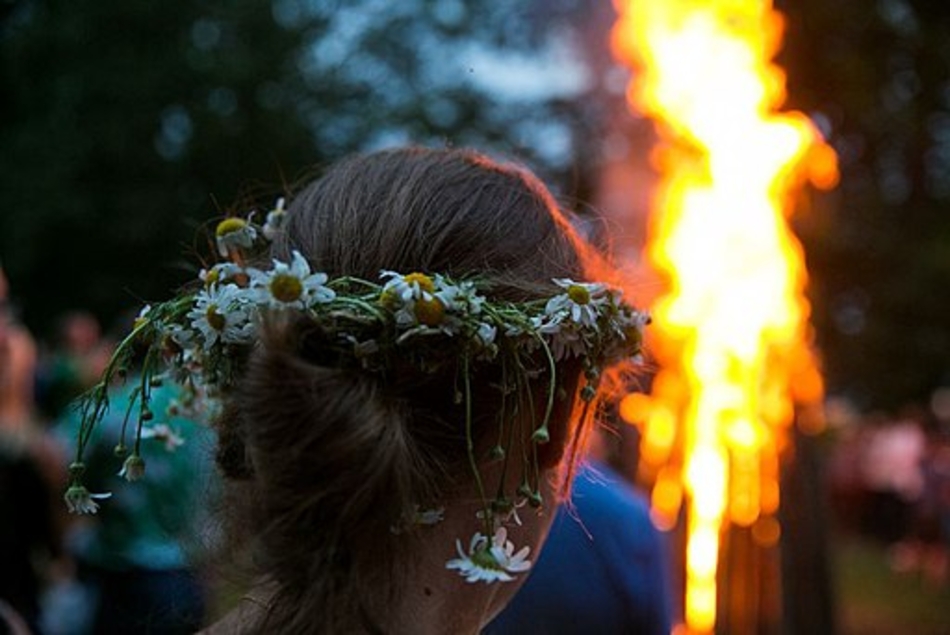
After the conversion to Christianity, and in the modern era, the festival was no longer carried to make pagan gods happy but continued to be held with the same devotion. During the last days of June, in the city of Klaipeda, you can greet Midsummer just as the pagans would and meet locals dressed in traditional clothes, preparing traditional food, and exhibiting ethnic Lithuanian clothing, jewellery, and ceramic works. Visitors can enjoy all the delicious food free of charge, make their wrath out of hand-picked meadow flowers, enjoy listening to traditional songs during the day, and then folk-rock concerts later in the evening. After a long day in the city, locals visit the beach, where they set bonfires and greet the year's longest day.
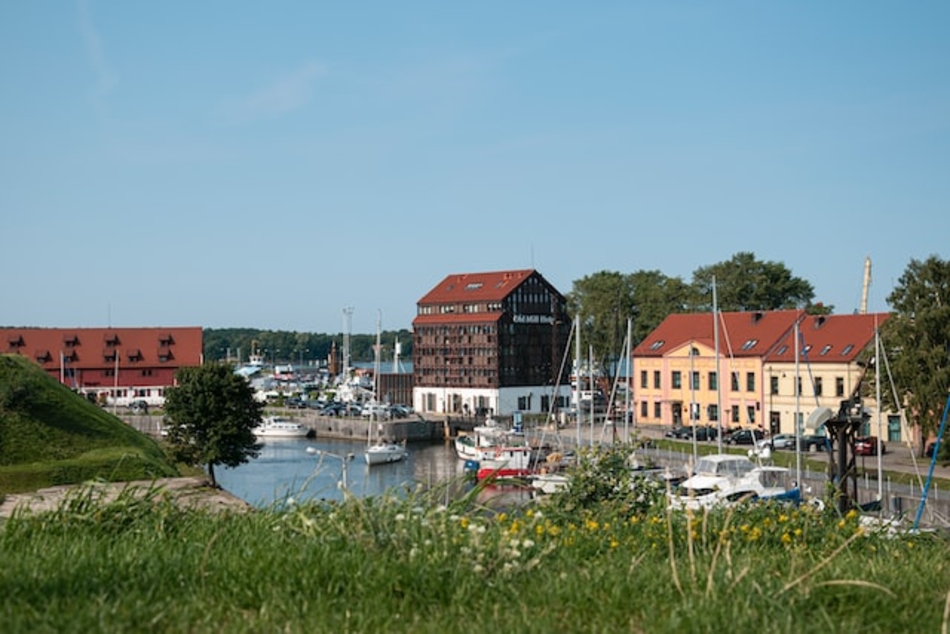
Midsummer in Klaipeda is an unforgettable experience for those who enjoy the seaside and are looking for an authentic folk adventure in the heart of Europe.
Where to stay: Exquisite, historic hotels
Klaipeda has a rich history and centuries-old architecture. Many historical buildings have been converted into hotels, and the town offers a great selection of business-class and family-oriented hotels, such as the National Hotel. A 19th-century building in the heart of Klaipeda's old town, its rooms look out over the Theatre Square, the River Dane, or a charming courtyard. Another excellent option is Jazz Hotel Navalis, which is set in a two-centuries-old building and features vibrant interiors and a Finnish sauna. You might also want to consider staying at a family cottage, which is just as pleasurable.
For more travel inspiration, make sure you also check out our guide to Istanbul and the best ski resorts to enjoy this winter.
Credits for the Main photo: Trakai Island Castle © Gregory Atkats on Unsplash
